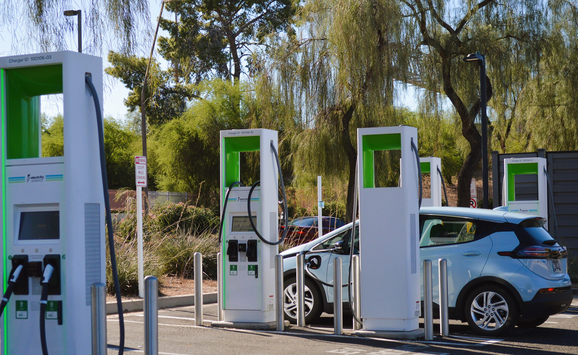The first Corporate Average Fuel Economy (CAFE) standards on automakers were implemented in the late 1970s. Typically they are expressed in miles per gallon, or mpg. However, in order to show how the standards affect fuel consumption, many economists explain CAFE standards in terms of gallons used per 100 miles, as shown here. They have been changed several times, resulting in a significant decrease in the number of gallons used per 100 miles—from 5.5 gallons in 1978 to 3.3 gallons in 2011 for cars (Figure 1).
Recently, even stricter standards have been established, this time under two new regulations. The first sets minimum limits for 2012 to 2014 model year cars and light trucks and the second for 2017 to 2025 model years. For the first time, both fuel economy and the associated greenhouse gas emissions from vehicles will be regu- lated by the standards, which have been jointly established by the National Highway Traffic Safety Administration (NHTSA) and the Environmental Protection Agency.
Figure 2 captures the predicted effects of the new revised CAFE standards for cars on the two goals of reducing fuel consumption (gallons used per 100 miles) and greenhouse gas emissions (grams per mile). Similar standards exist for trucks. The greenhouse gas emissions from the new vehicle fleet are expected to fall by close to 40 percent by the 2025 model year compared with current levels.

The standards after 2011 are based on a vehicle’s footprint (the area between the vehicle’s four wheels on the ground), so each manufacturer faces a separate standard. Previously they were based on a single average standard for all vehicles. The reductions in fuel use and emissions are based on NHTSA predictions of car sales and technology adoption.






